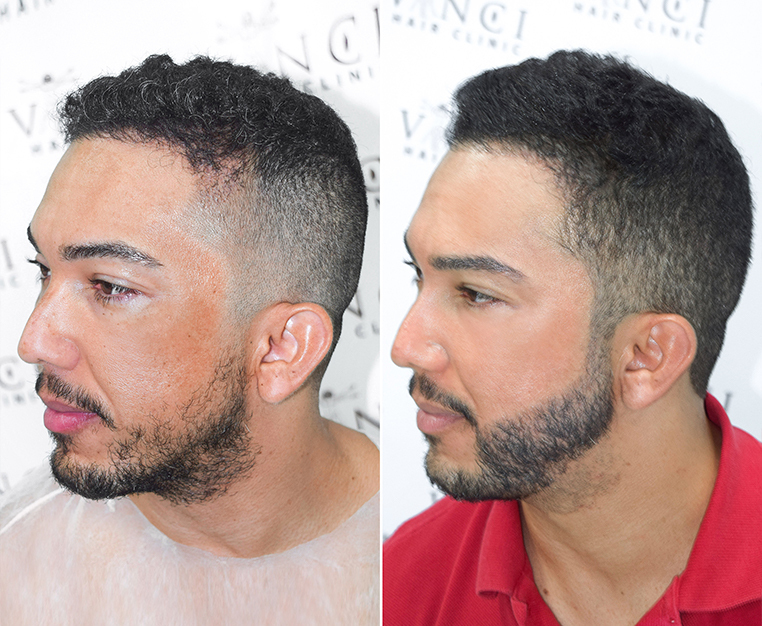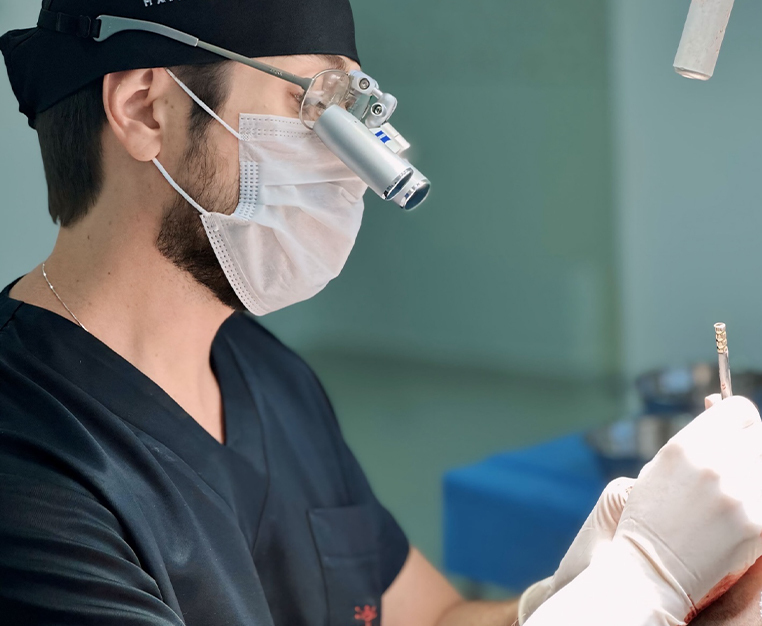A report produced by Allied Market Research shows that the global hair transplant market generated business worth nearly $5 billion in 2021. That’s a staggering amount of money. It’s even more impressive when you understand that the market is still recovering from the negative effects of the COVID-19 pandemic, when non-essential procedures were cancelled, and the focus of health professionals was on containing the virus. With concerns about COVID-19 receding in the rear-view mirror, projected growth for the market looks good. It’s estimated that by 2030 the market will be worth an eye-watering $30 billion. That’s a Compound Annual Growth Rate (CAGR) of over 20%.
What’s driving all this business? Read on to find out!
Headline Points
There are some interesting headlines in the report. For example, North America remains the dominant force in the hair transplant market but in the coming years, Asia-Pacific is expected to see strong growth. In terms of the type of transplant being requested by clients, Follicular Unit Extraction (FUE) surgery continues to outsell the alternatives, comfortably outstripping demand for Follicular Unit Transplantation (FUT) surgery. This trend is likely to continue; FUE has overtaken other forms of hair transplant surgery due to the high-quality results it provides and the minimally invasive nature of the surgery involved. Clients experience less downtime after the surgery as well as no visible scarring. Men continue to outnumber women in the hair transplant market. This is unsurprising, at one level, as men are more likely to experience baldness in the course of their lifetime, but even that fact doesn’t account for the under-representation of females in the market.
What’s Behind the Growth?
The report advances the theory that a rise in chronic illnesses is a factor in the growth in demand for hair transplants. It’s certainly true that cancer rates are steadily rising, and that the chemotherapy treatment used to fight cancer causes hair loss. However, cancer rates are rising in line with life expectancy rates. By far the biggest cause of most cancers is ageing, so the longer we live the greater the risk of getting cancer. Can one assume, therefore, that the rise in hair transplantation surgery being driven by older people?
Statistics produced by the International Society of Hair Restoration Surgery (ISHRS) would suggest otherwise. Their census of hair restoration practices for 2022 showed that over fifty per cent of both male and female patients were between the ages of thirty to forty-nine years old, with under eight per cent being over sixty. That would suggest there is little correlation with sickness rates.
More likely to be driving the surge in the market is the steady rise in cases of alopecia. Millions of people around the world suffer from some form of this condition and, increasingly, sufferers are no longer prepared to simply put up with it. And why would they when today’s hair transplant surgery provides such great outcomes? Advances in technology coupled with greater surgical skill and experience have resulted in modern hair transplants being infinitely better than those provided in past decades. Years ago, it was easy to spot a hair transplant. Surgeons were still learning the science (and art) of transplanting hair follicles, while the surgical instruments they were using were much less effective than today’s state-of-the-art equipment. Today, it’s impossible to distinguish the thick, natural hair that results from a transplant from the rest of the hair on an individual’s head. There really is no difference.
Changing Mindsets
But it isn’t just about better technology and surgical techniques. Alongside these is a growing public awareness that hair loss can affect a person’s self-esteem and self-confidence at a deep level, a level that goes far beyond mere vanity. This awareness has been helped by the increasing number of celebrities who have experienced hair loss and spoken about the effect it had on their lives.
This openness has allowed space for private citizens to acknowledge the impact that hair loss has had on their life, too. Slowly but surely, the stigma that has surrounded hair transplant surgery for decades is being lifted. It is this shift in mindset, surely, that is fuelling the increased demand for hair transplants.
Conclusion
Increasingly, hair loss is being recognised as a significant health issue in light of its impact on an individual’s self-esteem. This shift in perception has seen hair restoration no longer being viewed by the wider public as something reserved for the terminally vain. As a result, people are coming forward in greater numbers to avail of treatments for hair loss.
If you have concerns about hair loss or thinning, talking them through with an expert is the best way to address them. Vinci Hair Clinic has experts to spare, and we offer a free, no-obligation consultation to all our new clients. Book an appointment and bring your concerns to us – we look forward to welcoming you!





